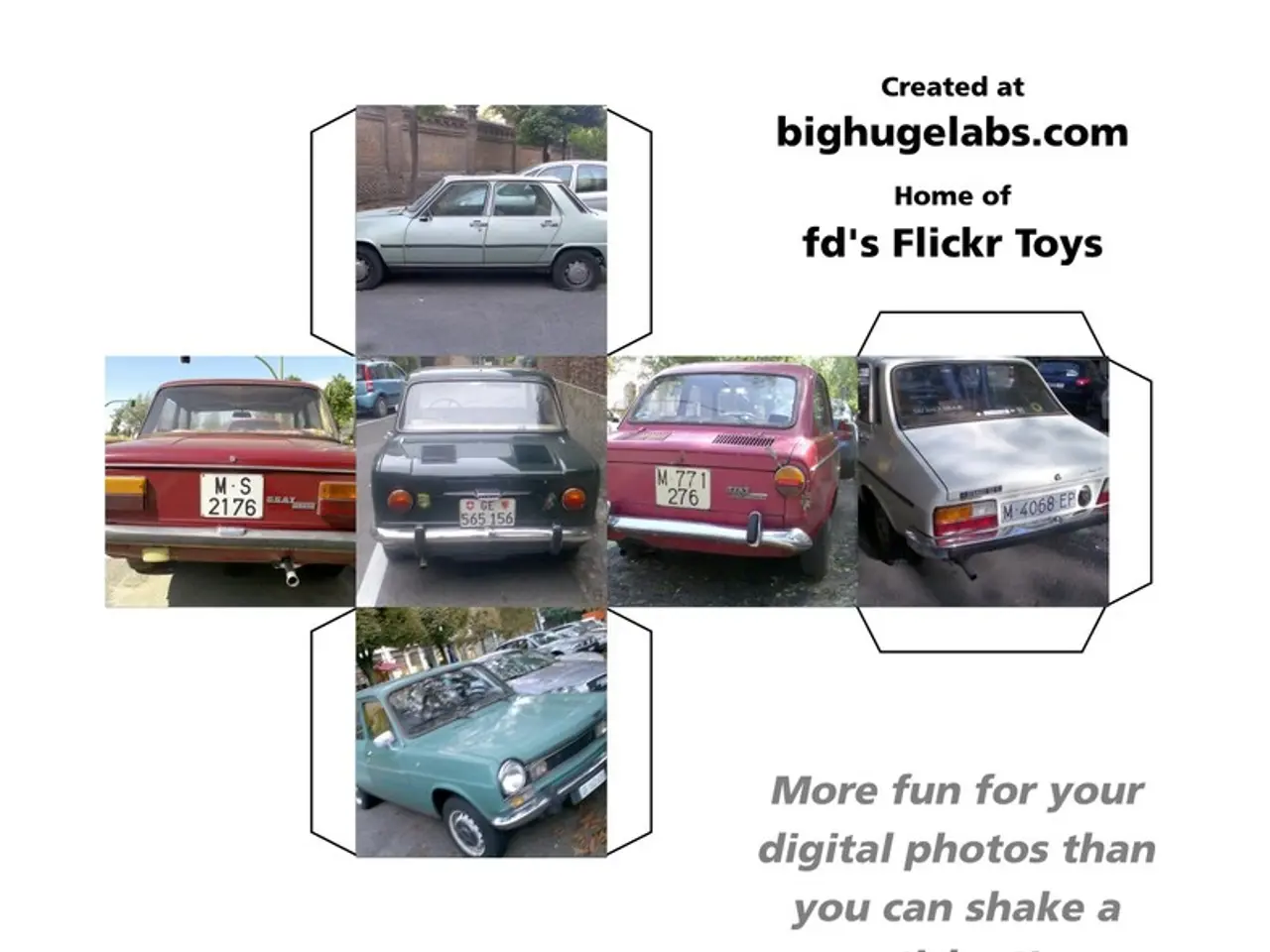Volkswagen faces a survival battle after profit decline, according to an expert's warning
Volkswagen Faces Challenges in Turnaround Efforts
Volkswagen (VW) is navigating a complex maze of challenges as it seeks to turn around its crisis-ridden fortunes. The German automaker, a titan in the industry, is grappling with a host of issues, from profit pressures and tariff uncertainties to the transition to electric vehicles (EVs) and geopolitical risks.
Despite a 3% revenue growth recently and a forecast of up to 5% by 2025, VW's operating profit has taken a sharp dive due to special items such as provisions for CO2 targets and restructuring costs. This painful cyclical downturn is a cause for concern, especially given the company's dependence on export markets and tariff barriers.
The Chinese market, a critical segment for VW, is underperforming. The company's transition to EVs in China is proving more complex due to the dominance of combustion engines in the region. In response, VW has announced an "In China, for China" strategy, aiming to develop tailored models from 2026. However, this pivot remains a challenging prospect.
The EV transition demands heavy ongoing investments in new technology, software, and flexible production architectures. VW is partnering with firms like XPENG and Rivian to close software gaps and enhance modern e-architecture, but this transformation is capital-intensive and strategically demanding.
Political and regulatory risks also loom large. Extraterritorial regulations, supply chain weaponization, and the need for greater technological sovereignty in Germany and Europe complicate VW’s operating landscape. Germany’s broader industrial strategic paralysis and geopolitical competition add to VW’s challenges by constraining supply chains and innovation ecosystems.
In the first half of 2025, VW's profits shrank by more than 38%, marking the third consecutive profit drop in a first half. This downturn is further evidenced by the company's earnings of 2.29 billion euros in the second quarter of 2025, a 36.3% decrease from the previous year.
Experts agree that VW is at a turning point, but it's not too late. They call for more speed in structure and technology, strategic clarity, and courage for real change. The future of Volkswagen does not solely depend on its balance sheet but on the courage for real change.
Despite the challenges, there is hope. VW's European business is relatively stable compared to the industry and can benefit from its brand value. The planned ID.2 for under 25,000 euros, coinciding with the planned EU social leasing program, is seen as a promising step forward.
However, the question remains whether VW's restructuring efforts will effectively mitigate geopolitical risks. Experts warn about the technological gap in software, battery technology, and autonomous driving, and the need for VW to significantly improve its efficiency due to complex structures and slow implementation.
In conclusion, VW's turnaround hurdles center on managing profit pressures amidst revenue growth, navigating tariff/political uncertainties, reviving its Chinese market performance, accelerating and financing the difficult EV transition, and overcoming broader geopolitical and regulatory challenges affecting the German automotive industry.
- The complex challenges faced by Volkswagen include not only profit pressures and the transition to electric vehicles but also the intertwined issues of tariff uncertainties, political risks, and technological advancements in the finance and technology sectors.
- In order to succeed in China, a critical market for Volkswagen, the automotive industry giant must develop tailored models effectively tackling the dominance of combustion engines, an undertaking that requires careful consideration in the realm of business strategy.
- Amidst the brewing geopolitical and regulatory challenges, experts urge Volkswagen to show courage for real change, acknowledging that the restructuring efforts should extend to streamlining structures, enhancing efficiency, and bridging the technological gap in software, battery technology, and autonomous driving.




